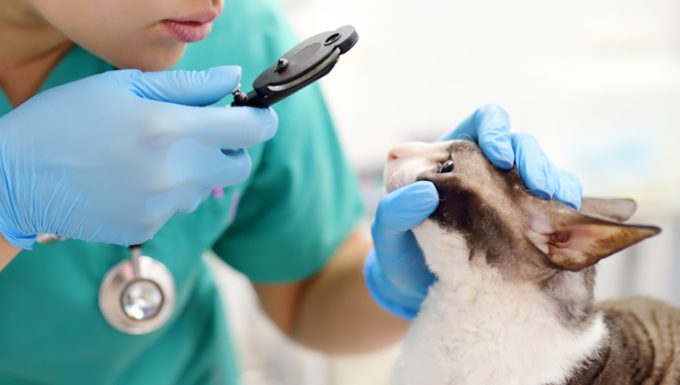Excess blood cells in the eye in cats is a condition that is caused by inflammation or abnormal lipid levels. The condition can affect a cat’s vision.
Technically, the condition refers to two separate conditions called hypopyon in cats and lipid flare in cats.
Generally, early detection is key to treating…







